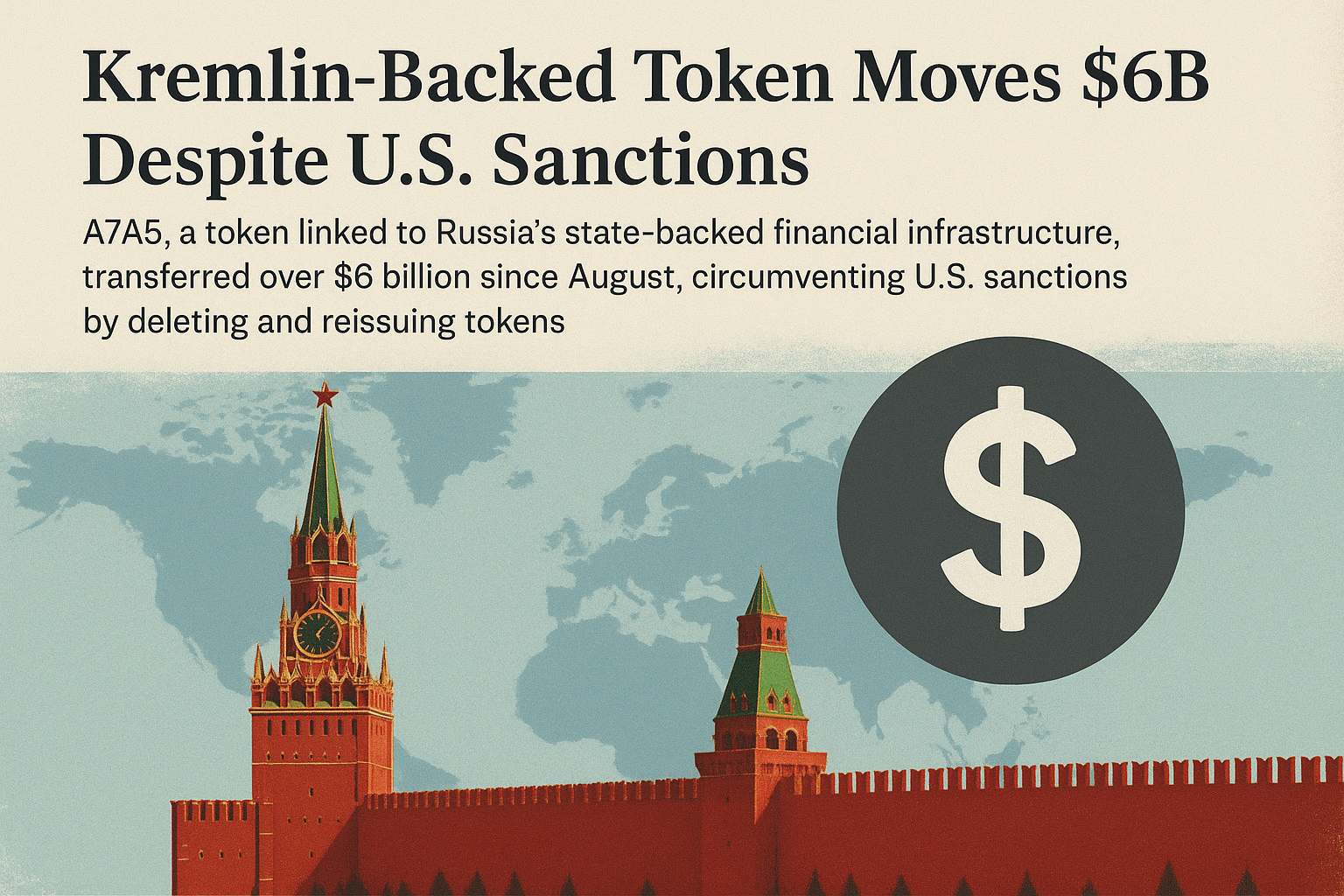In a move that signals a major shift in how U.S. financial regulators view emerging technologies, the Federal Reserve is ending its dedicated “novel activities” supervision program. Launched in 2023, this program specifically monitored how banks engaged with cryptocurrency and fintech innovations. Going forward, these responsibilities will be folded into the Fed’s regular banking supervision framework — a clear sign that crypto and fintech activities are no longer being treated as outliers, but as part of the mainstream financial landscape.
The original program was created to provide targeted oversight as banks began experimenting with digital assets, blockchain payment systems, and new fintech partnerships. At the time, regulators were concerned about the unfamiliar risks posed by these technologies — including cybersecurity threats, money laundering vulnerabilities, and systemic stability issues. By assigning specialized teams to track these developments, the Fed aimed to ensure banks didn’t rush into the crypto boom without adequate safeguards.
Now, the decision to sunset the program reflects growing confidence that these activities can be managed using the same supervisory tools applied to traditional banking. Instead of maintaining a separate “watch list,” the Fed will incorporate crypto-related evaluations directly into its standard examination process. The message: these technologies are no longer seen as exotic experiments requiring a separate regulatory silo, but as innovations that should be assessed alongside more conventional banking operations.
This integrated approach could bring both benefits and challenges. On one hand, it streamlines oversight, reducing duplication and signaling that the Fed views fintech as a natural evolution of financial services. It may also encourage banks to pursue innovation without fear of disproportionate scrutiny. On the other hand, critics warn that removing the specialized focus could dilute regulators’ ability to spot novel risks early, especially in fast-moving markets where threats evolve quickly.
Industry response has been mixed. Banks with established compliance teams have welcomed the change, saying it reduces regulatory uncertainty and demonstrates that the Fed trusts institutions to handle digital-asset exposures responsibly. Crypto advocates have also interpreted the move as a step toward normalizing blockchain-based finance, though they caution that ongoing vigilance is necessary to protect consumers and financial stability.
For policymakers, the shift underscores a broader theme: crypto and fintech are no longer on the periphery. By embedding oversight into standard banking supervision, the Fed is effectively acknowledging that these technologies have matured — and that they’re here to stay.
The coming months will show how this new approach plays out in practice. Will banks feel more confident about entering crypto partnerships? Will regulators maintain the same level of expertise without a dedicated team? And will this integrated framework prove nimble enough to keep pace with rapidly evolving financial innovation?
One thing is clear: the line between “traditional finance” and “financial technology” is fading fast, and U.S. regulators are adapting their playbook to match.




